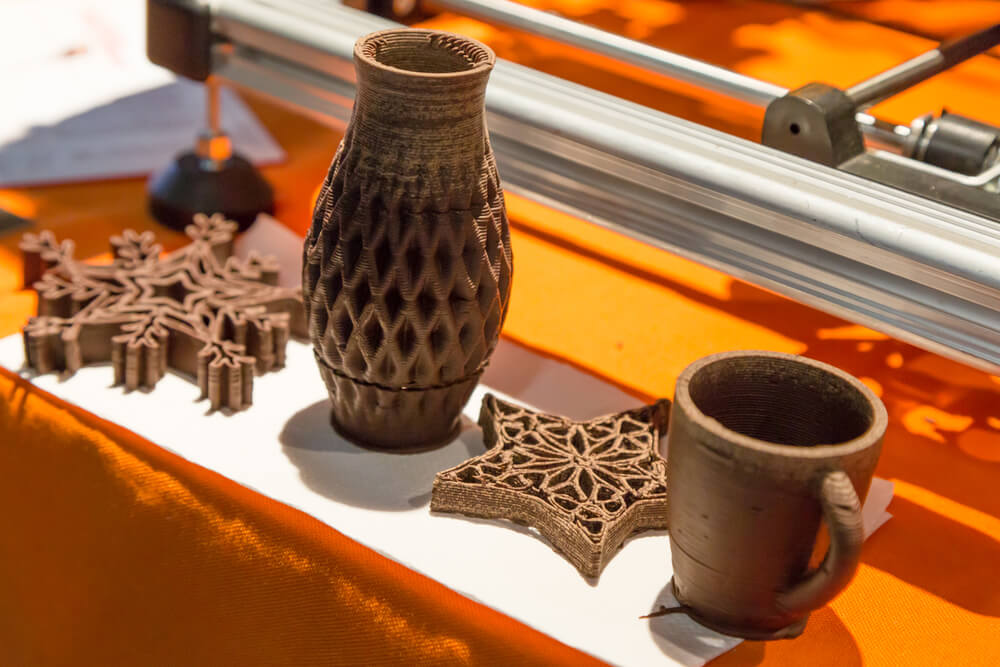As technology advances, people discover different ways to do their tasks more efficiently than before, one of which is creating parts or components using 3D printing. This technology is quickly becoming more popular, especially in manufacturing metal products. It provides a faster production time and makes robust components for various applications.
However, not a lot of people know how it works. One of the essential processes involved in the entire 3D printing operation is vacuum heat treatment—one which you need to understand to optimize the characteristics of your metal products.
Here are some things you need to know about the 3D printing process before fully understanding the vacuum heat treatment’s role in the process.
3D printing has been around since the 1980s, introduced as a method for creating plastic parts and prototypes cost-effectively. The process has evolved over the years and is now used to create different 3D objects in metals, ceramics, and plastic, making it an essential technology in various production environments. But how exactly does 3D printing work?
Also known as additive manufacturing, this process converts computer-aided design (CAD) models into metallic three-dimensional parts. The machine layers powders or feedstock into a shape close to the finished product or a dimensionally complete part. It’s different from subtractive manufacturing, where the 3D shape is carved from solid raw material, removing the excess to produce its size.
Metal printing with 3D technology prefers a powder bed fusion method where metal powder particles are fused point-by-point using a laser or electron beam. This creates the layering of the object, resulting in its final form.
How to Successfully Heat-Treat 3D-Printed Parts
A leak-free muffle furnace is the most important factor you need to consider for a successful additive manufacturing inert vacuum heat treatment. At most, the leak rate of your chamber must not go above 1 micron per hour, no matter what size it may be. This ensures that the materials will not undergo oxidation that may cause a negative—and possibly dangerous—reaction.
You also need to properly bake the vacuum chamber before starting any furnace cycle of 3D printing jobs. The recommended temperature is 2,400°F or 1316˚C at a minimum. However, temperature uniformity must be on top of mind as it is essential for heat-treating printed parts. If you do not follow this, it may result in scrap.
For example, a BJP printed product may show a lack of temperature precision in the form of excess shrinkage or largeness. You need to ensure that it reaches the required temperature range of +/- 2°F.
Lastly, you need to keep the atmosphere of your vacuum atmosphere in pristine condition. 3D printing of any component is done to produce parts that are near-net-shaped. In other words, you’re creating pieces that don’t need much surface finishing as it is already near the ideal shape and size. However, surface contamination on printed titanium or nickel-based alloy may already be part scrap.
Quality 3D-Printed Parts with Vacuum Heat Treatments
3D printing is fast becoming a popular way of producing metal components as its cost-effectiveness optimizes the mechanical properties of the materials. From plastic materials to metallic powders, you can create anything using this technology.
However, keep in mind that vacuum heat treatment is an integral part of the 3D printing process. No matter what additive manufacturing method you deploy, heat-treating is a must to achieve the goal of crafting items that are very close to the end product’s final shape. And for this, you need a high-quality lab furnace specialized for this process.
Muffle furnace for ceramic 3D printing:
Muffle furnaces are designed to heat objects evenly and provide a controlled atmosphere, which are both important factors in ceramic 3D printing.
To use a muffle furnace for ceramic 3D printing, you will need to:
Prepare the ceramic powder. The powder should be sieved to remove any large particles and then mixed with a binder. The binder will help to hold the powder together during the printing process.
Load the ceramic powder into the muffle furnace. The powder should be spread evenly in the bottom of the furnace.
Heat the muffle furnace to the desired printing temperature. The printing temperature will vary depending on the type of ceramic powder you are using.
Print the object using a ceramic 3D printer. Ceramic 3D printers use a variety of techniques to print objects, such as fused deposition modeling (FDM) and stereolithography (SLA).
Cool the object slowly. The object should be cooled slowly to prevent cracking.
Once the object has cooled, it will be ready to use. Ceramic 3D printing with a muffle furnace is a versatile and cost-effective way to create high-quality ceramic objects.
Here are some of the benefits of using a muffle furnace for ceramic 3D printing:
Accuracy: Muffle furnaces can heat objects evenly, which is important for creating accurate 3D printed objects.
Controlled atmosphere: Muffle furnaces can provide a controlled atmosphere, which can help to prevent oxidation and other chemical reactions that can damage the 3D printed object.
Versatility: Muffle furnaces can be used to print a variety of ceramic objects, from simple shapes to complex designs.
Cost-effectiveness: Muffle furnaces are a relatively inexpensive way to create ceramic 3D printed objects.

Ai 1400C Muffle Furnace: This series of furnaces is known for its flexibility and wide temperature range. It is available in box furnace or tube furnace forms in multiple sizes.
To help you in your search, check out AiFurnaces selection of Lab Furnaces today.
We carry a range of lab furnaces, including high-temperature, controlled atmosphere, muffle furnaces, and more. If you need assistance with choosing a lab furnace that can support your vacuum heat treatment process, fill out our contact form and we’ll get in touch with you.
